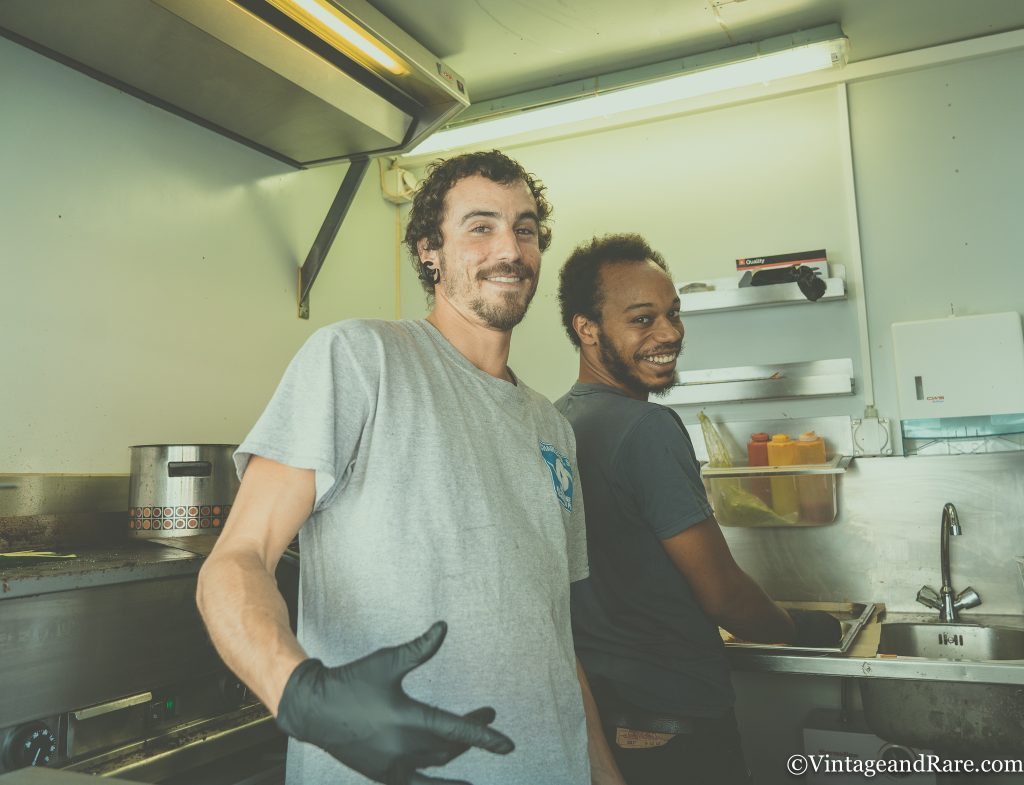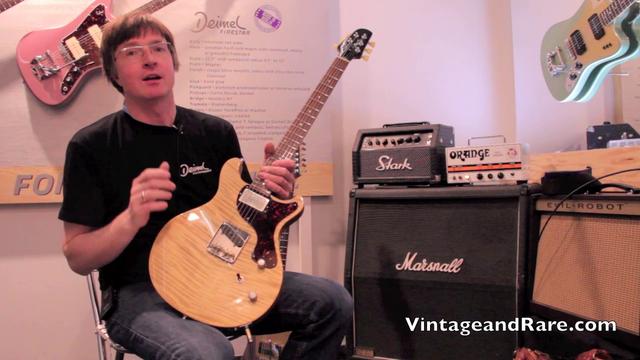From time to time the unthinkable happens. We all know somebody who knows somebody it has happened to. And we all retell the story to friends and familiars with quacking voices, shivering hands and fear painted in our eyes. I’m talking about a musician’s ultimate nightmare: The losing of your favorite instrument. This was exactly what happened to guitar legend Peter Frampton in November 1980 when a cargo plane carrying his precious 1954 Gibson Les Paul crashed during takeoff in Caracas, Venezuela tragically killing the pilot and co-pilot.
The master piece seen on the picture to the left was presumed lost for 31 years until it finally reemerged last month having spent just over three decades on a little Dutch Caribbean Island called Curaçao. So what happened?
In 2010 (before the reemerging) Frampton gave an interview to rumerz.com as his Gibson signature model of the very same guitar hit the market. Frampton traces the history of how he came in possession of his ’54 Les Paul and it’s clear that he was still dealing with the loss at this point:
[rumerz.com]
What is it about your black Gibson Les Paul that you love so much? How did it come about for you to release a signature model with Gibson?
[Frampton] “The original black Les Paul that I had was when I was playing with Humble Pie supporting the Grateful Dead in San Francisco back in ’70 or so. I had swapped a Gibson SG for a Gibson 335, a semi-acoustic. With the loud levels we used to play, when I turned it up for solos, the sound was just all over the place, whistling feedback, you know. There was someone at the concert that heard the problem, and he offered to let me borrow his Les Paul for the next show. I told him I’d never had luck with a Les Paul and that I preferred SG’s. He brought it ’round to the coffee shop the following day, and it was this 1954 Les Paul. I played it that night. He had re-routed it for three pickups instead of two and it was recently refinished by Gibson. It looked brand new. I don’t think my feet touched the ground the whole evening. It was just such an amazing guitar. I came off stage and told him thank you, and asked if he’d ever want to sell it, and thanks so much. He said he didn’t want to sell it to me, but he offered to give it to me. He gave it to me. Mark Mariana is his name. We keep in touch even today. Unfortunately in 1980, we had a disastrous plane crash with all our gear on it in Caracas, Venezuela. The pilot and co-pilot were lost, and their loss was very tough. Their lives meant so much more than that guitar. I’m not saying I don’t miss it, but it was a piece of wood compared to their lives.”
“Cut all the way forward. When I moved to Nashville about 13 years ago, I used to go hang out at Gibson. It was like my club, and I’d go hang out with the luthiers. I made a lot of friends at Gibson. Mike McGuire, the head of the custom shop, suggested one day that they should make a Peter Frampton model. We spent a year working together on trying to make it as much like the original as we could. I tried to give him as much information as I could from what it felt like, and they came so close. I love my guitar. It’s probably nothing like the other one, but I love what they did for me. We’re over 500 made now, and the PF Custom is out there and the collectors love it.”
Little did Frampton know that while this interview was being made heavy negotiation was going on between the local Curaçao musician who had the instrument, Mr. Balentina – a local customs agent who spends his spare time repairing guitars, a hardcore Frampton fan from the Netherlands as well as the head of Curaçao’s tourist board Ghatim Kabbara. Confused?
Well apparently the guitar was saved from the burning wreckage of the plane and sold to a local musician from Curaçao. For the last 30 years the still unidentified musician has been using it playing hotels and bars on the Island totally unaware of the instruments history. Two years ago he handed the piece in to free time guitar repairman Donald Balentina. N.Y. Times’ James C. McKinley JR. tells the story:
Asked to repair the guitar, Mr. Balentina noticed the unusual third set of pickups and burn marks on the neck, Mr. Kabbara said. The customs agent began to suspect the guitar might be the one Mr. Frampton had played on the “Frampton Comes Alive!” album. He consulted with another Frampton fan in the Netherlands, who confirmed it had all the earmarks of the missing Gibson. Mr. Balentina also sent photos of the inner works of the guitar to Mr. Frampton. Mr. Frampton said he was stunned when he saw the photos; it looked like guitar, he said, but he could not be sure.
For two years Mr. Balentina tried to persuade the local guitarist to sell the instrument, and finally, in November, facing a financial problem, he finally agreed. But Mr. Balentina did not have money and, afraid another buyer might scoop up the guitar, he approached Mr. Kabbara at the tourist board.
Mr. Kabbara, an amateur guitarist who admires Mr. Frampton, agreed to put up the board’s funds to purchase the guitar, on one condition. He and Mr. Balentina would take the guitar to Mr. Frampton as a gesture of goodwill. “I thought the right thing to do was to give him back his guitar,” he said. “This guitar was him. The whole 1970s was this guitar.”
Mr. Frampton, who is 61, said he hopes to play the guitar again when he appears at the Beacon Theater in New York in February. For now, he has left the instrument at the Gibson Custom Shop in Nashville to have some minor repairs made. The neck is still straight, he said, but he must replace old pickups with new ones, made to the same specifications as the original coils. But he said he will leave the burn marks and scrapes alone. “I want it to have its battle scars,” he said.
Ca. a month ago Mr. Kabbara managed to seal the deal via public funds and travelled to Nashville to hand over the guitar to Frampton. The moment he picked it up he knew it was the same ’54 Gibson Les Paul he almost exclusively had used throughout the 70’ies most notably perhaps on his 1976 breakthrough “Frampton Comes Alive!”. In a phone interview with N.Y. Times Frampton states: “For 30 years, it didn’t exist – it went up in a puff of smoke as far as I was concerned.”. As seen on the picture a clearly very happy Frampton is now reunited with his long lost love. To his webpage Frampton states:
“I am still in a state of shock, first off, that the guitar even exists let alone, that it has been returned to me. I know I have my guitar back, but I will never forget the lives that were lost in this crash. I am so thankful for the efforts of those who made this possible…And, now that it is back I am going insure it for 2 million dollars and it’s never going out of my sight again! It was always my #1 guitar and it will be reinstated there as soon as possible — some minor repairs are needed. And, I just can’t wait to get Mark Mariana on the phone.”
V&R like to congratulate Frampton for getting his prized possession back after all these years and also send a big thanks to Frank Gross from Thunder Road Guitars for making us aware of this story.







